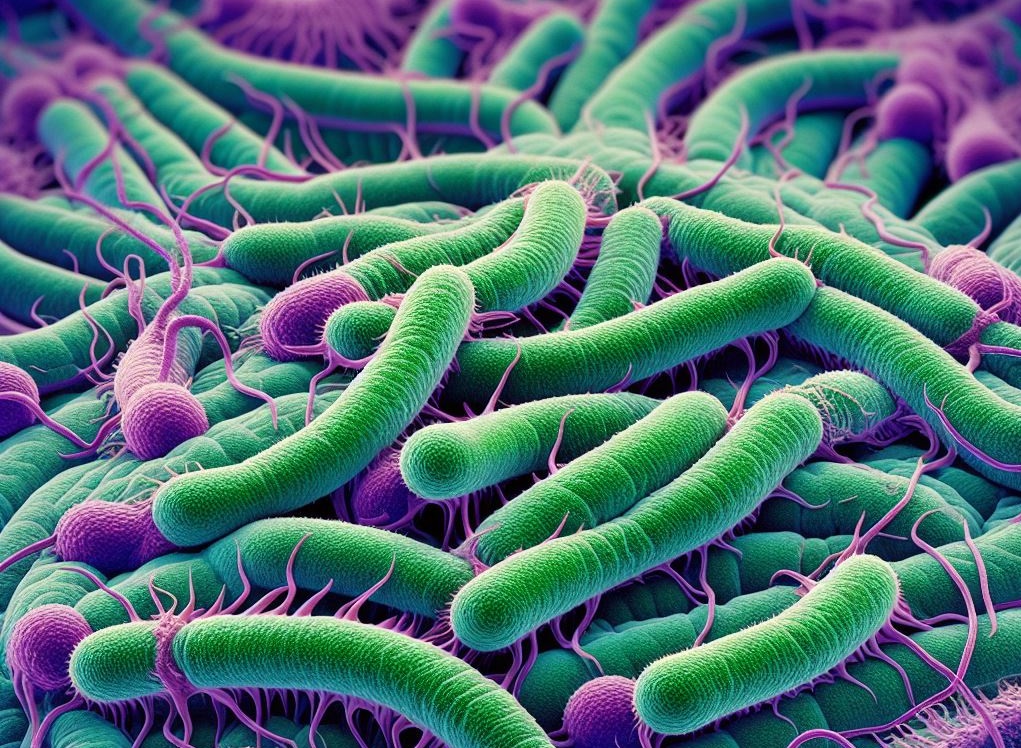AUC Riverside’s environmental engineering team has significantly advanced towards low-cost solutions of polluted drinking water sources by discovering particular bacterial species that may break down particular types of “forever chemicals.”
The microbes, widespread in wastewater habitats worldwide, are members of the genus Acetobacterium.
Per- and polyfluoroalkyl substances, or PFAS, are another name for forever chemicals. These compounds persist in the environment because of their strong carbon-fluorine chemical interactions.
They published their findings in the journal Science Advances.
This is the first discovery of a bacterium that can do reductive defluorination of PFAS structures,
Yujie Men
Men warned that the bacteria were only efficient against unsaturated per- and polyfluoroalkyl substances (PFAS) because to the double carbon-to-carbon linkages in their structures.
Significantly, however, the researchers also determined which particular enzymes in these bacteria are necessary for breaking the carbon-fluorine bonds. Because of this discovery, bioengineers now have the opportunity to enhance these enzymes and make them more efficient against additional PFAS chemicals. (Proteins called enzymes function as catalysts in biological processes.)
If we can understand the mechanism, maybe we can find similar enzymes based on the identified molecular traits and screen out more effective ones,
Also, if we can design some new enzyme or alter this known enzyme based on the mechanistic understanding, we could be able to make it more efficient and work with a broader range of PFAS molecules .
Yujie Men
Men uncovered other microbes that break the carbon-chlorine bond in chlorinated perfluoroalkyl substances (PFASs) last year. This process results in significant spontaneous defluorination, which eliminates the pollutants in question. The amount of PFAS chemicals that can be eliminated by biology has been significantly increased by the most recent discoveries.
Because the bacteria eliminate impurities before the water reaches wells, treating groundwater with bacteria is an affordable solution. The procedure entails adding nutrients and the desired type of bacteria to the groundwater to enhance their population.
Also, Read| CRISPR technology paves the way for a new antidote for Cobra bites
The U.S. Environmental Protection Agency, or EPA, imposed water-quality limits earlier this year that restrict certain forever chemicals to only four parts per trillion in the country’s tap water, which has prompted water providers to find PFAS cleanup solutions because PFAS compounds are linked to cancer and other human health maladies.
Because PFAS chemicals are resistant to heat, water, and lipids, they were widely used in hundreds of consumer items beginning in the 1940s. The EPA lists fire suppression foams, grease-resistant paper wrappers and containers, microwave popcorn bags, pizza boxes, and candy wrappers as examples of items that include perfluoroalkyl substances (PFAS). Stain and water repellents used on carpets, furniture, clothes, and other fabrics are additional examples of products that contain PFAS.
Electron-bifurcation and fluoride efflux systems in Acetobacterium spp. Drive defluorination of perfluorinated unsaturated carboxylic acids.
Yaochun Yu
Source: UC Riverside News
Journal Reference: Yu, Yaochun, et al. “Electron Bifurcation and Fluoride Efflux Systems Implicated in Defluorination of Perfluorinated Unsaturated Carboxylic Acids by Acetobacterium Spp.” Science Advances, 2024, DOI: 10.1126/sciadv.ado2957.
Last Modified:







